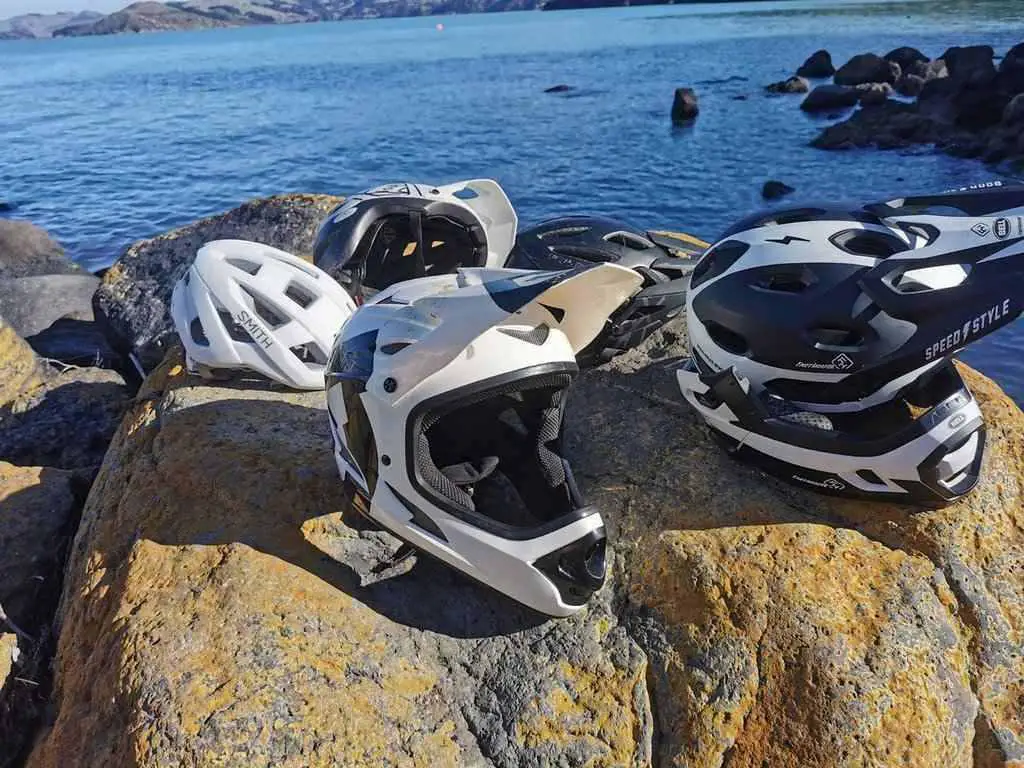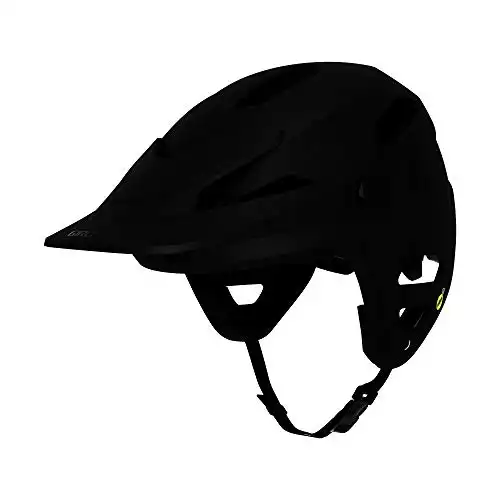Yep, I was confused too. There are so many different types of mountain bike helmets out there, it is hard to know what is right for you! Enduro, trail, open face, full face, convertible- terms are thrown about left, right and center. So we have come to simplify the process, and explain what the different types of mountain bike helmets are.
This article outlines the key types of helmets, the features, and what kind of rider the helmet type is for.
But first, we need to know some common terms of what makes up a mountain bike helmet in order to help distinguish the various types of helmets.
Typical Helmet Construction
A basic mountain bike helmet has three components to the shell.
- An outer polycarbonate shell,
- a crushable foam layer (EPS liner) in between, and,
- a comfortable liner that sits against the head.
The outer plastic shell is the colorful plastic on the outside of the helmet. It prevents the foam from degrading, sharp objects from getting through the helmet, and keeps the helmet intact.
The foam layer (generally constructed of EPS foam) makes up the majority of the bulk of the helmet. It protects the head from direct physical impact, preventing the likes of a skull fracture.
Then we have the thin layer of padding which separates your head from the hard(ish) foam, usually referred to as the liner. Some helmets include an anti-rotational system within this liner which helps prevent the likes of a brain injury. More on this below.
As the materials and protective systems improve over time, the level of protection increases. So keeping an up-to-date helmet is always essential!
Rotational Impact Protection Systems
As technology improves, mountain bike helmets are seeing more systems that reduce rotational impact and provide more excellent concussion prevention. These systems, such as MIPS (Multidirectional Impact Protection System) and Turbine 360, reduce the risk of head trauma.
Concussions and brain damage occur due to rotational forces. such as when a rider’s head gets hit from an angle. The slip-plane technology allows the helmet to dissipate the angular forces, reducing the possibility of injury to the brain.
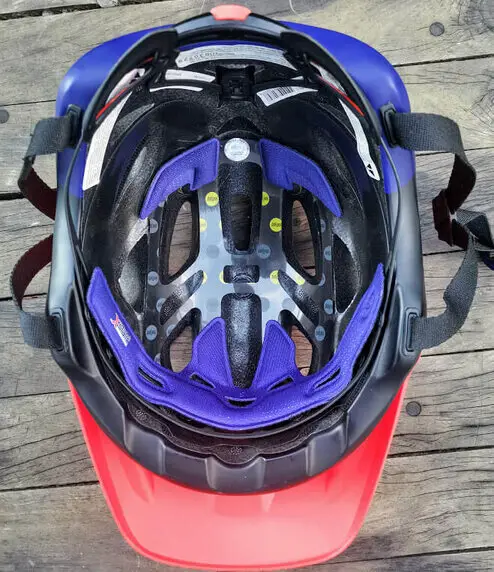
For more information on rotational impact reduction systems, check out our top 15 helmets with MIPS.
Half-Shell Mountain Bike Helmets
A half shell mountain bike helmet is essentially a road cyclist’s helmet, with a visor put on the front. While it does provide protection for the top of the head, there is little protection around the back of the head. Especially when compared to an open face design (discussed next).
Half shell MTB helmets have the most breathable and lightweight design of all the helmets, due to less material surrounding the back of the head, and usually plenty of vents.
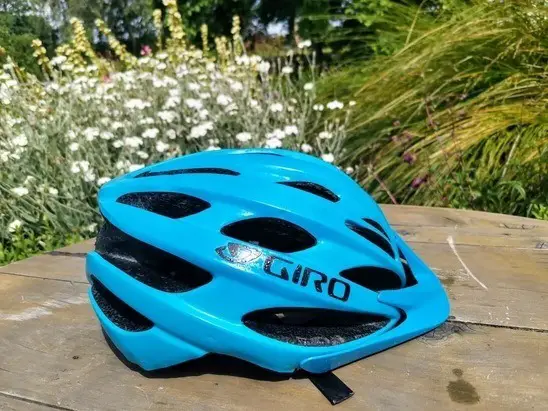
Recommended Riders
Half-shell helmets are designed for cross country or trail riding. The benefits of ventilation and lightweight materials supersede the necessity for the greater back of head protection.
For most riders, particularly beginners or riders not intending to ride any technical trails, this helmet would be most comfortable.
If you are a road cyclist, and want a helmet for a bit of mountain biking too, the half shell design could work well for you. Often you can get a detachable visor, so you can have a road cycling helmet without the visor, and put the visor back on for mountain biking!
Open-Faced Mountain Bike Helmets
An open-faced mountain bike helmet is similar to a half-shell bike helmet. They are more than often considered the same thing- but the open face offers deeper coverage at the rear of the head.
Although it has slightly less ventilation, the design is still very breathable and is very lightweight. The primary advantage is that the back of the head is protected slightly more, providing a more ‘snug’ fit. It offers more protection from sharp objects such as sharp rocks or sticks from getting through.
Open face mountain bike helmets are typically slightly pricier helmets that half shell lids as they provide more protection, and generally have a bit more engineering involved in the design.
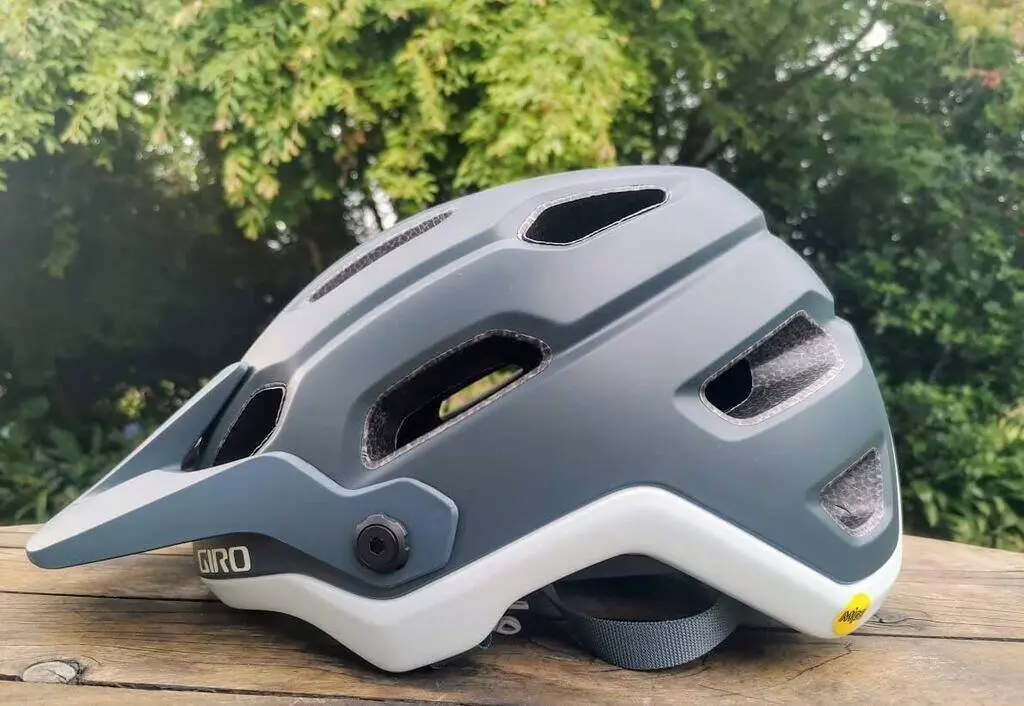
Recommended Riders
This mountain bike helmet is typical for trail riders and anyone who wants more protection than the half-shell. Because of the good ventilation and light weight, it is still ideal for climbing as well as descending.
This would be the recommended style for any rider heading to even slightly technical terrain, beginners through to advanced enduro riders.
See here for the Best Mountain Bike Helmets for Beginners.
Drop Frame Mountain Bike Helmet
A drop frame helmet is the next step closer to the full face. But it still allows the breathability of an open face helmet. The drop frame provides greater coverage around the back of the head and extends over the ears, but does not have the chin bar that the full-face helmet offers.
Recommended Riders
Ideal for the rider looking for slightly more protection than the standard open face helmet, but also looking for the ventilation that an open face helmet provides.
Full Face Mountain Bike Helmet
The full face helmet provides the maximum protection a mountain bike helmet can provide. It has full coverage around the rear of the head and a has chin guard. The chin guard protects the chin and face from sustaining damage from crashes and front-on collision.
With this comes extra weight, and significantly less ventilation than an open-face helmet.
Unless the rider intends to ride downhill only, the full face will likely be too hot for comfortable riding. The weight and lack of ventilation of a full face helmet mean that long-term comfort is sacrificed when a certain amount of exertion is required, say for climbing up a hill.
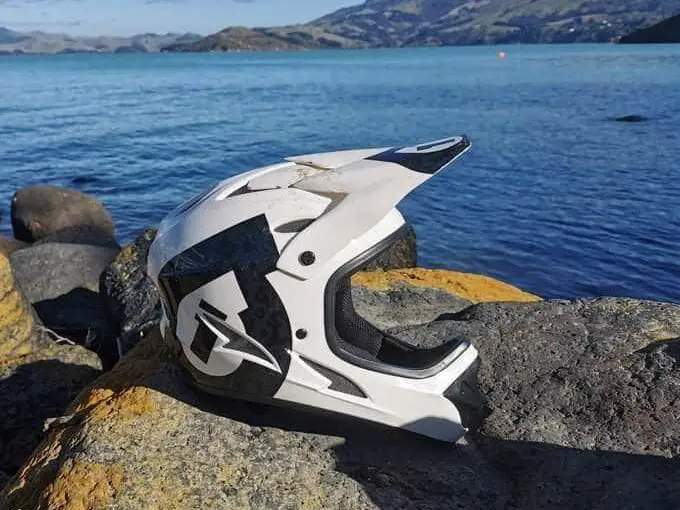
Recommended Riders
Recommended for riders with access to a chairlift, shuttles, hikes (any opportunity to take the helmet off or require little exertion) to get up the hill. And certainly recommended when greater protection is required for the downhill.
See When to use a full-face mountain bike helmet.
Detachable Full Face Mountain Bike Helmet
Full face protection is a bit of an overkill while riding up hills. It gets pretty warm and sweaty, and is not well ventilated. A convertible mountain bike helmet allows you to transform the full face into a open face mountain bike helmet.
Having a removable chin guard means that the bottom portion of the helmet can be removed transforming the full face helmet into an open-face helmet. This assists with improved ventilation and reduces the weight for the ascent.
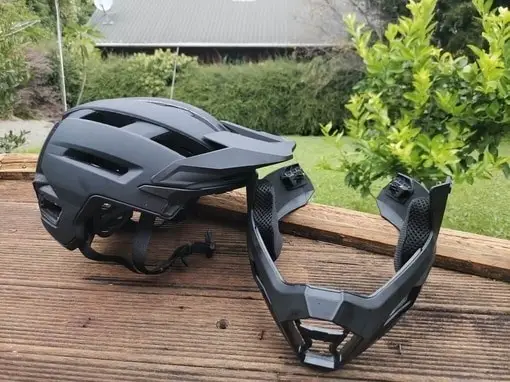
The chin guard can be reattached for the descent, providing full protection again. The detachment process is simple, usually just a buckle or clip system, and is very securely reattached using the same process. There is no need to carry tools to piece the helmet back together again on the ride with you.
Recommended Riders
For a rider that does both technical downhill rides requiring maximum protection, as well as climbing or riding some distance, the detachable mountain bike helmet is the best of both worlds.
Check out our article on the best convertible helmets for more on detachable full face helmets.
Half Dome Helmets
A half dome isn’t typically recommended for mountain biking on trails. It is hot and heavy, with little ventilation. It is generally seen at the skate park, or used for stunts.
Newer, higher-spec helmets have a lot of protection embedded in them, and are used for stunts as the rounded shape means the helmet can roll smoothly without catching on visors or awkward angles.
Other Types of Mountain Bike Helmets
Mountain bike helmets have had a lot of research and development over the years and are tailor-made for the trails. Other helmets, say a ski helmet or a road riding helmet, would not be suitable for the style of riding (or crashing) that mountain biking entails.
There are also winter mountain bike helmets that will keep you super warm when it gets cold. Check it out here.
Road helmets are designed for a forward-moving crash on pavement and have limited protection towards the rear of the head. For more information on why not to use a road bike helmet for mountain biking, see here.
Conclusion
In summary, there is quite a handful of types of mountain bike helmets to select from.
When selecting a type of mountain bike helmet for you, it comes down to a weigh-off between protection and comfort. A full-face helmet will provide plenty of protection but will be somewhat uncomfortable for riding up large hills all the time.
A full-face will be much better suited to the downhill and enduro rider, whereas an open face or half-shell helmet is better for a rider who climbs often or rides longer distances.
The difference between a half-shell and a standard open-face helmet will not make a huge difference in your riding but having greater protection around the rear of the head may give you peace of mind.
For the next steps, see how to choose a MTB Helmet.
